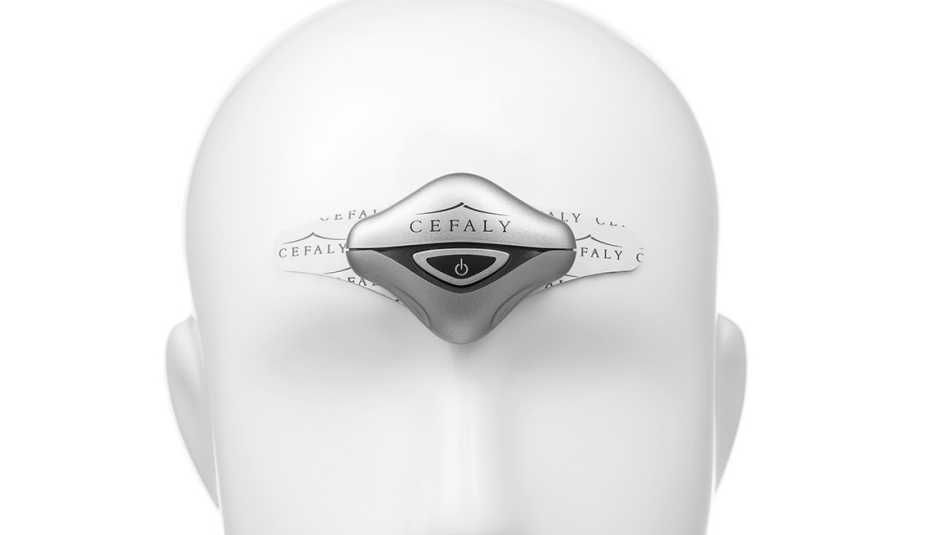Staying Fit


There are headaches — and there are migraines. These headaches from hell are, along with back pain, the most prevalent pain complaint in the U.S. Migraine’s blinding pain, along with nausea or vomiting, sensitivity to light and sound, and sensory disturbances like flashing lights — called aura — affect more than 38 million people in the U.S., most of them women.
“Headache and more specifically migraine has troubled individuals from the dawn of time,” says Brian Grosberg, M.D., director of the Hartford HealthCare Ayer Neuroscience Institute Headache Center. But now there’s much more you can do about it — including several promising new drugs released in the past two years (more on that below.)


AARP Membership— $12 for your first year when you sign up for Automatic Renewal
Get instant access to members-only products and hundreds of discounts, a free second membership, and a subscription to AARP the Magazine.
Get trigger — and treatment — savvy
The trick is figuring out what triggers your migraines and then experimenting with the available treatments. “Migraine is not a homogeneous disorder,” says Alexander Mauskop, M.D., founder and director of the New York Headache Center in New York. “Every person has a slightly different version, and as a result, no single drug will be effective for every patient.” Finding a regimen that works requires a process of trial and error.
It also often requires finding a pain specialist. “Migraines are often diagnosed as sinus headaches or tension headaches,” Mauskop says. “Even if they are diagnosed correctly with migraines, they are often not offered the best treatments.” His advice: Seek out a headache specialist. “Well over 90 percent of people who do can be helped,” he says, but only a quarter of patients get the right treatment, according to surveys.
A specialist will likely have you start by keeping a migraine diary, considered the best way to zero in on your specific triggers and gauge the effectiveness of the treatments you try. Triggers can be anything from smells, bright lights, irregular sleep, stress, weather changes, hormonal changes (for women), mood disorders like depression and anxiety, medications, and certain foods. (Ripened cheeses, alcohol, fermented foods, chocolate, nuts, and meats preserved with nitrates are common offenders.)
Attacking triggers with lifestyle changes is the first step toward pain relief. But you likely will need medication to stop a migraine in progress.
While over-the-counter painkillers (aspirin, naproxen sodium, ibuprofen, acetaminophen) can be effective for mild and moderate headaches, prescription drugs known as “triptans,” such as sumatriptan, are specifically designed for a migraine. They constrict blood vessels and block pain signals to the brain. In addition, ergotamine-based drugs, sometimes combined with caffeine, work by preventing blood vessels in the brain from expanding.


































































More on Health
Managing Pain From Surgery
Tips for keeping pain under control in the hospital and at home7 Habits Causing Your Lower Back Pain
Making a few tweaks to your routine (or diet) might alleviate lots of discomfort